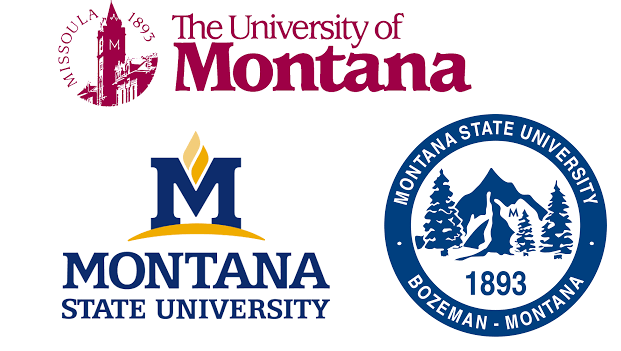Your search has generated 2 top-ranked education schools in Montana. These colleges offer graduate study in field of education, leading to an Master degree. Check out the following table to see a list of major educational schools in the state of Montana, each with enrollment statistics, tuition fees and contact information.
List of Best Education Colleges in Montana
| Rank | Education University |
| 1 | University of Montana PJWEC Room 321 Missoula, MT 59812 School: Phyllis J. Washington College of Education and Human Sciences In-State Tuition: $6,090 per year Out-of-State Tuition: $21,126 per year Enrollment: 137 |
| 2 | Montana State University 215 Reid Hall Bozeman, MT 59717 School: Department of Education In-State Tuition: $6,168 per year Out-of-State Tuition: $18,291 per year Enrollment: 0 |

In the forties and fifties, Moses’ influence increased even more. The New Yorker magazine wrote that … in the seven years between 1946 and 1954, the seven years in which the most intensive construction of public facilities was carried out in the entire history of the city, there was not a single project – a school or a sewer, a library or a pier, a hospital or the pool – which would have been built by any of the city’s agencies without Moses’ approval of its design and layout…
In the post-war decades, with the direct participation of Robert Moses in New York City, the Trogs Neck Bridge connecting Queens and the Bronx and the longest suspension bridge in the world at that time, Verrazano between Brooklyn and Staten Island, were built; Shea Stadium in Queens, home of New York Mets baseball players and New York Jets football players for decades; the largest complex of theaters and concert halls, Lincoln Center on the Upper West Side; the Coliseum Convention Center on Columbus Circle, the Coney Island Aquarium, the United Nations Headquarters in Midtown Manhattan and many other famous buildings.
At the same time, Moses was also actively involved in the construction of high-speed highways in New York, cutting through residential areas and greatly facilitating the movement of cars (although at the same time destroying the existing urban development). Then the Cross Bronx Expressway, the Brooklyn Queens Expressway, the Belt Parkway complex and other roads were built.
In 1952, Robert Moses became head of the New York State Energy Authority. During his nine years in office, he oversaw the construction of several hydropower facilities, including the Moses-Saunders Dam on the St. Lawrence River and the Niagara Power Plant (later also named after him).
In the sixties, Moses’ political influence gradually began to wane. To some extent, his position was influenced by several unpopular projects, including the demolition of the Pennsylvania Station railroad station and plans for a highway through Greenwich Village and Soho in Lower Manhattan.
Another unsuccessful undertaking was the holding of the 1964 World’s Fair in New York, which could not repeat the success of the 1939 exhibition and did not meet the financial expectations of the organizers.
In 1972, Robert Moses retired from his last official post as head of the Triborough Transportation Authority. He worked for the state of New York for forty-four years (under six governors) and simultaneously thirty-four years for the City of New York (under five mayors), holding twelve different positions during his long career.
During the time that Moses led the development of New York City, the area of city parks doubled and a half, fifteen outdoor pools, hundreds of tennis courts, baseball fields and sports fields were created or reconstructed. He actively participated in the construction of thirteen bridges, more than four hundred kilometers of highways, residential buildings with a total capacity of about one hundred and fifty thousand apartments and a number of famous New York public buildings and structures. As time has passed, some criticisms have been leveled at him; in particular, it is believed that created by Moses in the largest city in the United States the system of high-speed roads slowed down the development of public transport (including the metro). Nevertheless, no one disputes the fact that it was the “Main Builder” who had a huge impact on the creation of modern urban infrastructure in New York, as well as the development of transportation, energy and park systems in the ” Imperial State “.
Robert Moses died on July 29, 1981, at the age of ninety-two. Several parks, roads, and dams are named in his honor in New York State.
